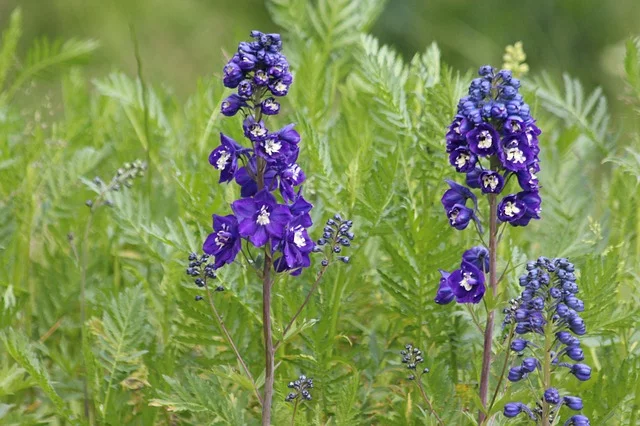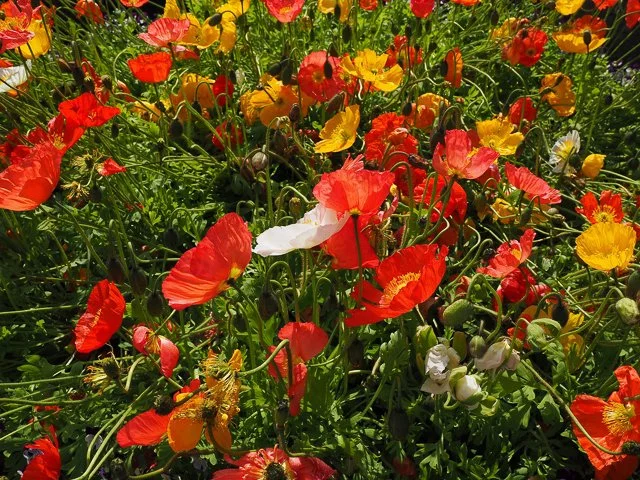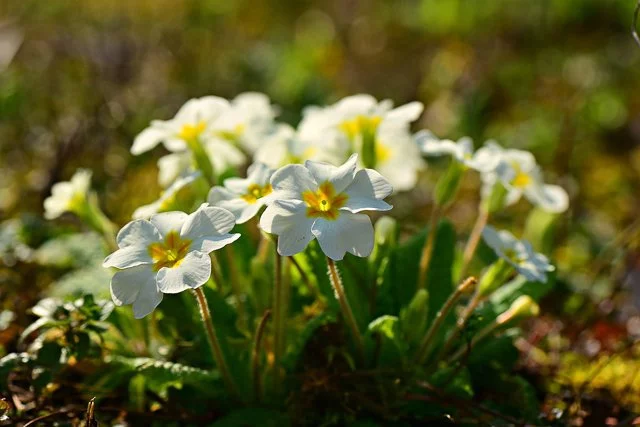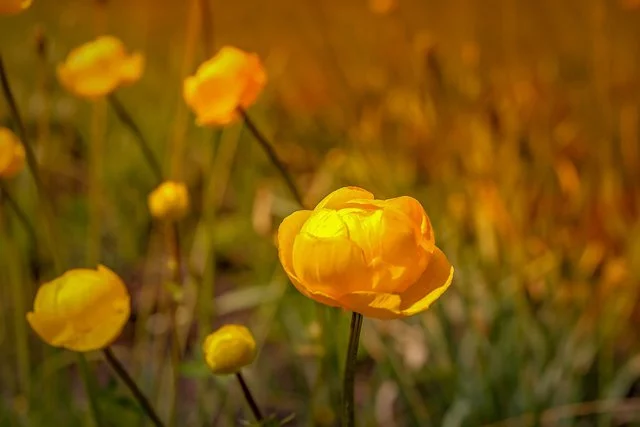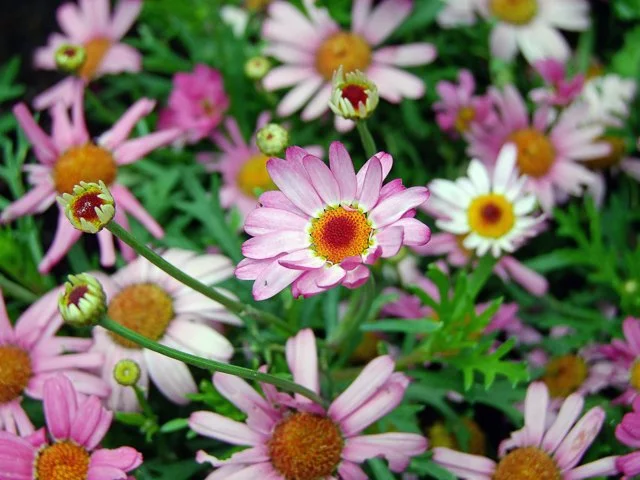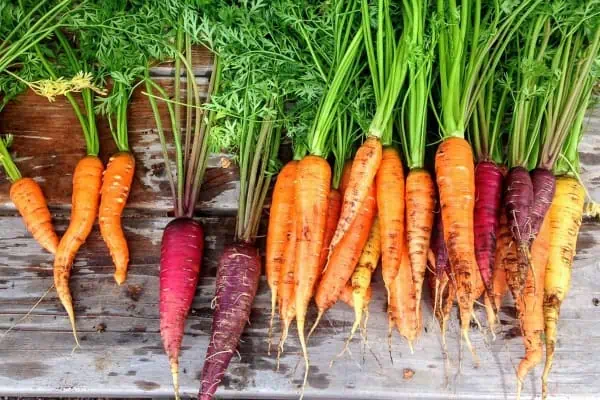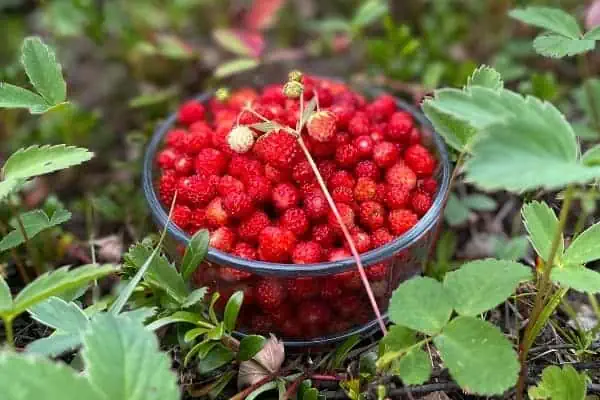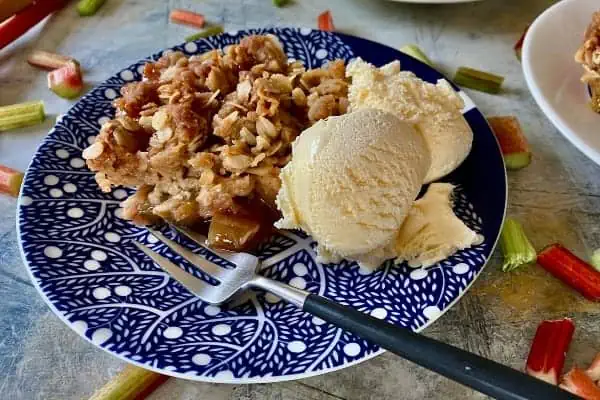Thoughts of vibrant flower gardens seem whimsical when it’s -42 C and snow covers any evidence of those gardens. But seed catalogues are starting to arrive in the mail and what’s more fun than imagining your garden from the comfort of your couch? Vegetable farming is what we do here on the farm. My little flower garden just outside my door is pure luxury and I want it to be beautiful and low-maintenance, without a cabbage in sight. Perennials are less demanding, as they don’t need to be planted each spring. This year hardy perennials are just what I’m looking for.
Benefits of Perennials
A perennial is a plant that lives for more than two years which means it will reappear each spring. It is comforting knowing that a plant will start growing in the spring without being planted. It seems like one more chore in early summer to trek to the garden centre to pick up the usual flat of petunias, marigolds and pansies. I love annuals but have decided I’d rather have my flowerbed be perennials interspersed with some annuals. I’ve asked my talented northern gardening friends and consulted The Northern Gardener by Barbara Rayment (available at Whitehorse Library) to find out what some hardy perennials are. I am excited to try these:
Delphinium
Delphiniums do very well in northern climates. They tend to be tall and sometimes need staking, but there are shorter varieties that are as beautiful and don’t flop over easily. Delphiniums come in all kinds of blues and purples. I will try these towards the rear of my flowerbed as they’ll have support against the house wall.
Poppy
There are many annual poppies available but also hardy varieties of perennial poppies that grow well here. Have you ever been to Atlin in the summer? They seem to bloom in every garden and alley. My poppies are small, orangey-red, vibrant and abundant. They bloom early each spring and keep going until the fall. They are so fragile-looking yet hardy and long-lasting. They produce a lot of seeds and reseed themselves. I’m excited to try some different colours this year.
Primrose
Primroses bloom early in the spring and range in colour from white to blue. I was a bit overwhelmed when looking into primroses, as there are endless varieties, but my neighbour Lara Melnik has one called Matchstick primrose that grows well in her garden. Garden centres have lots of options. Look for healthy-looking plants, preferably with unopened buds.They like well-drained soil and need consistent watering once planted.
Globeflower
They’re related to buttercups, but are larger and flashier. They last through the harshest winters up here and are prolific.They like full sun and moist soils and once they are established and like their spot, you’ll be rewarded with white to orange flowers. It’s easiest to buy a young plant as it’s hard to germinate the seeds.
Pyrethrum Daisy
I picked up a seed packet from Sage North Seed Company at the 12 Days of Christmas Market and am excited to try these. Apparently they do well in this climate and come in shades from white to purple with yellow centres. Daisies are cheerful and can easily be cut for a nice bouquet. It’s important to prune them back to promote bushiness. These daisies are also non-invasive. Oxeye daisy is an invasive species and should not be planted. Look carefully when buying the seeds to make sure you’re getting a non-invasive.
Taking Care of Perennials
A healthy garden shouldn’t need much maintenance. A clean-up in the spring works well, removing excess dead plant material. Don’t bother cleaning up too much in the fall though, as the dead leaves and branches provide insulation over the winter.
- Once planted, perennials require regular watering and fertile soil to become established. Perennials need to form a strong root system before winter comes. After the first year, perennials are generally more efficient at scrounging for water and nutrients than annuals.
- Deadheading means removing the spent flower heads. This will keep the plants looking flashy and trigger them to put out more flowers. I let seedheads form on my poppies and pansies in the late summer as they do a good job of reseeding themselves.
- Mulching perennials during the growing season retains moisture and can prevent weeds from coming up. It also provides a layer of insulation on top of the soil which can help root systems buffer the cold over winter. Wood chips or straw are great for this.
- Dividing perennials that have grown large is important to do every three to four years so they don’t take over the flowerbed. It keeps them healthy and you’ll have some plants to share with your friends! Happy gardening and I’d love to hear what perennials you enjoy.

